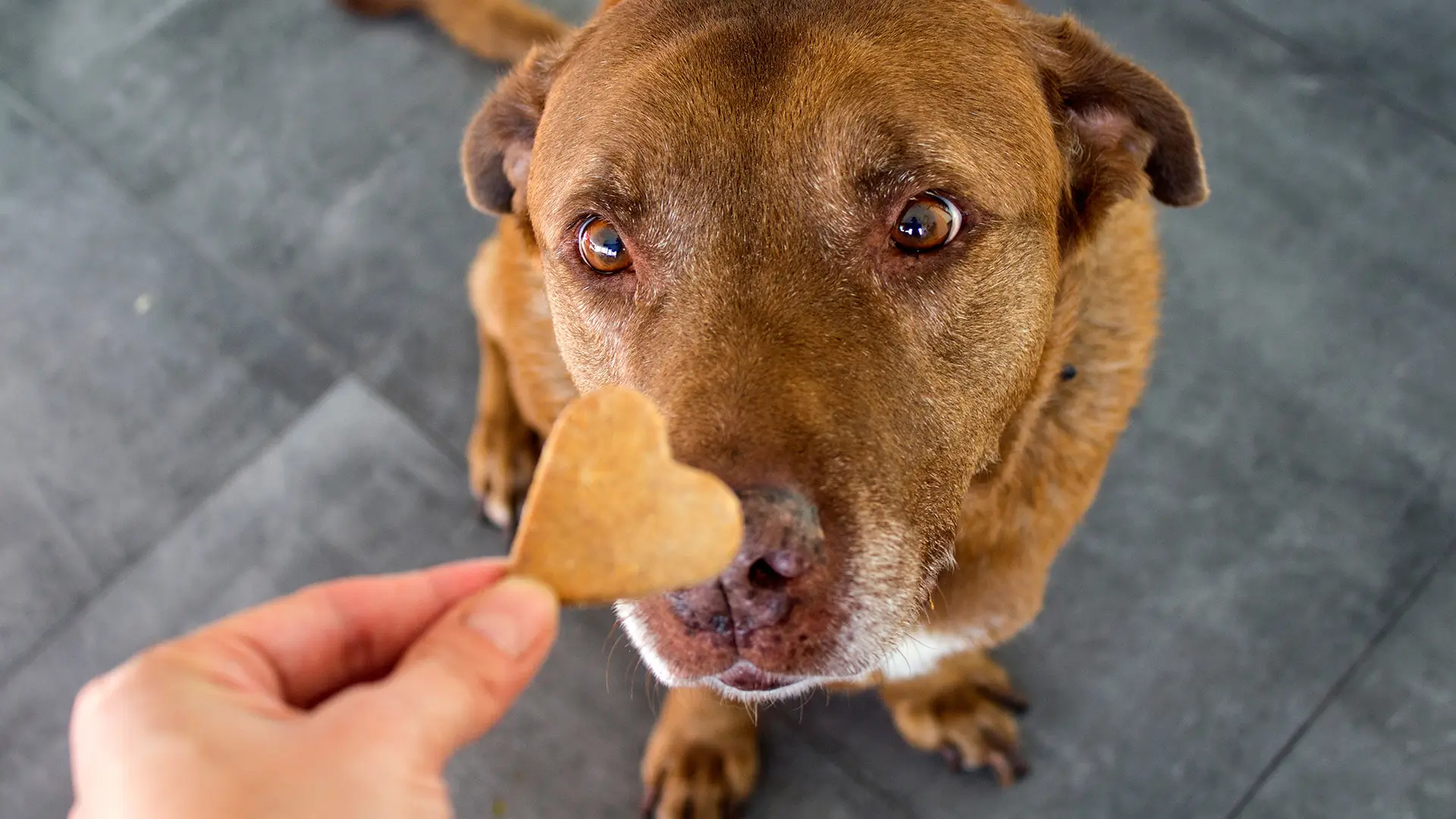For many pet owners, taking their beloved pets to the veterinarian is a necessary but often anxiety-inducing experience. This is because our pets can sense changes in routine and unfamiliar environments, which may cause them fear or stress.
Fortunately, by understanding the roots of pet anxiety and implementing simple strategies, you can transform vet visits into calmer, more positive experiences for you and your four-legged friend. Whether your pet is trembling, drooling, whining, or attempting to escape, there are ways to achieve peaceful vet appointments by helping them prepare for their big day.
Common Signs of Vet Anxiety in Pets
Vet anxiety manifests differently in every pet, but some common behaviors can signal distress. It’s crucial to recognize these signs to provide appropriate support and ensure your pet’s comfort during a visit. Some examples of these signs include:
- Trembling, shaking, or hiding
- Excessive panting or drooling
- Whining, barking, or meowing
- Attempts to escape or resist entering the vet’s office
- Aggression or unusual clinginess
- Pacing or showing restlessness
If your pet consistently displays any of these signs during vet visits, taking proactive steps to reduce their anxiety is important. By learning these signs and intervening early, visits to the vet can become much smoother and stress-free.
How to Prepare for Pet Visits: 5 Tips to Calm Pets
Similar to children, your pets are cued on how to behave or respond by how you —their owner — are behaving or reacting. Therefore, to help you both feel secure and relaxed before and during the appointment, here are five actionable steps you can take.
Tip #1: Desensitize Your Pet to Handling and Restraints
Naturally, not all handling during a vet visit is going to be fun and exploratory— occasionally, the visit will include poking, prodding, and needles. In these cases, your pet may, understandably, have some anxiety.
To help your pet become accustomed to handling and restraint, you can start by simulating a check-up at home. Gently touch their paws, ears, and mouth while rewarding them with treats for remaining calm. Gradually increase the duration and frequency of these handling sessions as this helps build their tolerance and reduce discomfort during the visit.
Tip #2: Prepare for the Vet at Home
Preparing your pet for a vet visit begins well before the appointment. For example, you can help them associate positive experiences with car rides, carriers, and the vet’s office by taking short, stress-free trips in advance. You can also:
- Exercise your pet before the appointment to help burn off nervous energy and promote relaxation.
- Pack their favorite treats, toys, or blankets to provide comfort.
- Practice short car rides or visits to the vet’s office without an appointment to build familiarity.
- Reward calm behavior with treats and praise throughout the process.
Tip #3: Avoid Busy Waiting Areas
A crowded waiting room can be overwhelming for anxious pet patients. Therefore, try to schedule appointments during off-peak hours to minimize exposure to other animals and loud noises whenever possible. If needed, check in with the front desk to ask if you and your pet can be placed in the exam room while waiting for the doctor. If a room isn’t available, try engaging in some light play outside or stay in the car until your appointment time.
Tip #4: Offer Treats for Positive Reinforcement
As every pet owner well knows — pets love treats. Use this to help calm and prepare your anxious pet before their vet appointment. Rewarding your pet with treats throughout the vet visit, in particular, can help create a positive association with the experience. You can take it up a notch by bringing high-value treats your pet doesn’t usually receive to make the occasion special. Offer these rewards during calm moments—such as during check-in or after interactions with the vet—to reinforce good behavior.
Tip #5: Stay Calm
As mentioned earlier, your pet takes emotional cues from you, so maintaining a calm and reassuring demeanor is essential. Before and during their vet appointment, be sure to speak to them in a soft, soothing voice and avoid showing signs of frustration or anxiety. Take deep breaths and remain positive, as your confidence can help your pet feel secure and supported throughout the vet visit.
Consult with Your Veterinarian About Calming Aids or Medications
Sometimes, even the best preparation may not fully alleviate your pet’s anxiety. This is where pet calming aids and vet-prescribed anxiety medication for animals can play a role. Pheromone sprays, anxiety wraps, natural supplements, or, in more severe cases, sedatives and anti-anxiety medications, can be effective for calming anxious pets.
If your beloved pet needs to visit the vet but has pet anxiety, schedule an appointment at Maple Grove Pet Hospital today. Our expert veterinarians will work with you to determine the best way to reduce your pet’s anxiety for their visit.
